How To Get Rid Of Calluses On Feet
In the world of sports, calluses are a part of everyday life. The development of calluses has been particularly associated with physical activity that involves repetitive movements and high impact. Despite their usually benign nature, calluses can sometimes be a source of pain and discomfort.
To avoid this from occurring, read on to learn what calluses are, how they cause problems, and how to treat them effectively.
What are calluses?
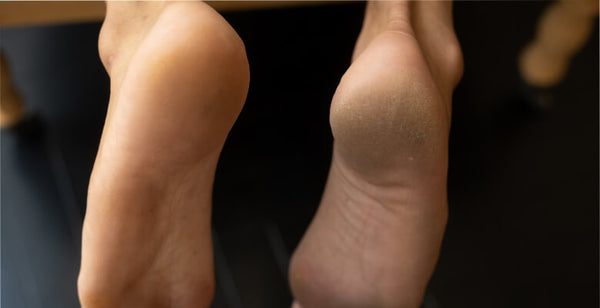
Calluses form over time when the skin is repeatedly irritated or under high pressure. Bumps often form on the feet and toes over bony prominences.
When the skin is constantly under pressure, it thickens up to protect itself. It does this by hardening and creating a barrier that protects the skin from irritation.
What happens if a corn gets infected?
If corn or calluses get infected, they will hurt more and your surrounding skin will get red and sore. An infection is characterized by redness, pain, swelling, and pus or oozing from the corn. When you experience symptoms such as these, you should see your doctor, who may prescribe antibiotics if necessary.
How to treat calluses
Calluses and corns are treated by avoiding the repetitive actions that caused them. Having said that, there are ways to treat them. Here are some things you can do to get rid of your calluses.
1. Soak your feet
To soften calluses and corns, soak them in warm water. As a result, you may be able to more easily remove the thickened skin.

There are also some products you can use to help you get rid of calluses. For example, with TRIHARD's Active Foot Soak you can irrigate, clean, and dry blisters, relieve itching and burns, and eliminate sweat and bacteria-induced odors.
How to prepare a foot soak
When you are making your own foot soak, you should add components that will make the process of exfoliating dead cells easier.
Combine half a cup of epsom salts with jojoba oil or another carrier oil. In a bowl filled with warm water, pour a cup of apple cider vinegar, soak the feet for approximately ten minutes, and then scrub with the mixture of salts. Lastly, rinse the feet with fresh water and dry them with a towel.
As an alternative, you can prepare an effective foot soak using TRIHARD's Active Foot Soak. It has every ingredient you'll need in its formula so you don't have to get all the products and it's much cheaper.
In a bowl filled with warm water, pour half a cup of our Active Foot Soak. Then mix it until it dissolves in the water. After that, soak your feet for approximately ten minutes, and then gently rub your calluses with a pumice stone (or with our Exfoliating Soap). Lastly, rinse your feet with fresh water and dry them with a towel.
2. Thin thickened skin

Once the skin has been softened, use TRIHARD's Active Foot Exfoliating Soap to rub away corns and calluses. Our soap has a Pumice Stone along with our unique formulation that prevents and soothes calluses, prevents fungus growth, and improves blood circulation.
3. Use corn pads/cushions

A donut-shaped foam pad can be applied to protect areas with corns and calluses.
In case of diabetes or other conditions that lead to poor blood flow, you should avoid using liquid corn removers or medicated corn pads that don't require a prescription. They contain salicylic acid, which can irritate the skin and cause infection.
Apply Vaseline (petroleum jelly) to the area around the callus or corn before using a medicated pad to protect healthy skin.
4. Moisturize your skin

Put petroleum jelly (vaseline) or heavy moisturizer on callused areas and leave it on overnight. This softens the calluses and prevents the skin from drying out.
It is also beneficial to wear socks after moisturizing in order to help lock in the moisture and keep your skin protected.
5. Wear comfortable shoes and socks

If you have calluses, you should wear shoes that reduce pressure on your foot's sole. There are shoes with special linings designed to ease the burning you may feel.
Also, shoes with cushioned soles reduce the impact on your feet and reduce foot stress. Oftentimes, a wide toe box is a sign of the best shoes for calluses.
Make an appointment with a specialist to find out which calluses arch support is best for you.
Summary
In the world of sports, calluses are a part of everyday life. They can sometimes be a source of pain and discomfort, but can be treated properly.
Calluses form over time when the skin is repeatedly irritated or under high pressure. They can get infected and cause pain, so it's important to get medical attention if they don't go away or get painful.
Having said that, there are ways to treat them. Here are some things you can do to get rid of your calluses.
TRIHARD's Active Foot Soak contains Dead Sea Salt, Red Algae, Apple Cider Vinegar, and Tea Tree Oil to relieve itching, burns, and blisters. It also eliminates odors caused by sweat and bacteria.
When making your own foot soak, combine epsom salts with jojoba oil and apple cider vinegar. Soak the feet for ten minutes, scrub them with the mixture, and rinse them.
Also, TRIHARD's Active Foot Exfoliating Soap helps remove toughened skin, prevents calluses, and increases blood circulation. It also contains Dead Sea Mud, Vitamin E, and Activated Charcoal.
Foam pads can be applied to areas where corns or calluses have formed to help mitigate putting too much pressure on the area and reduce pain. Petroleum jelly should be applied to the skin around the corn or callus before medicated pads are used.
Shoes that reduce pressure on your feet' soles are ideal for people with calluses. If used pre-workout, TRIHARD's Active Foot Pre & Post Workout Spray prevents friction on the skin during physical activity by providing a double barrier.
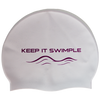
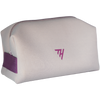
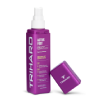


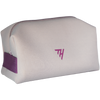
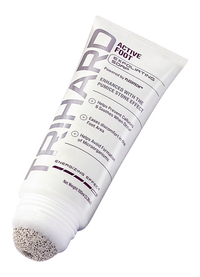



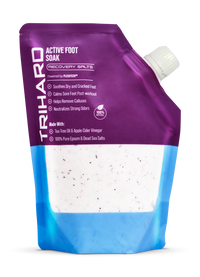




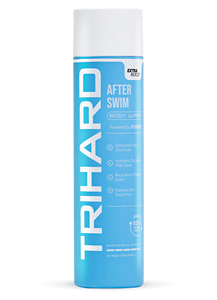
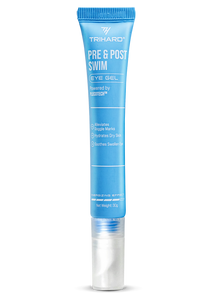
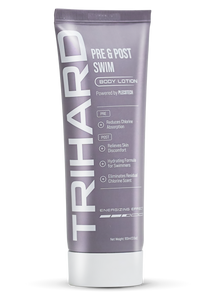

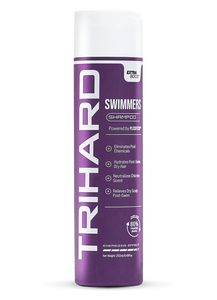










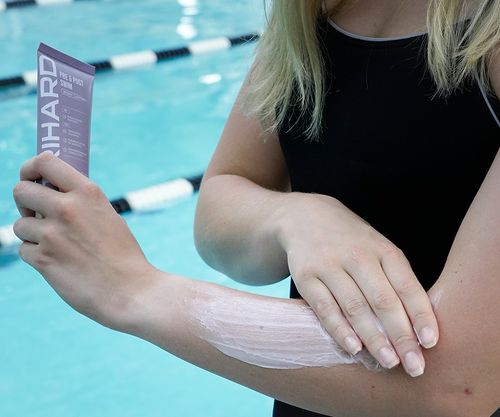

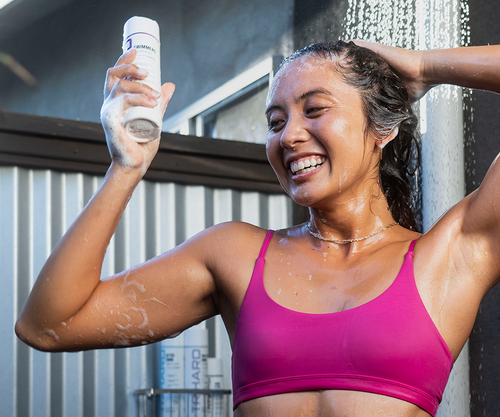
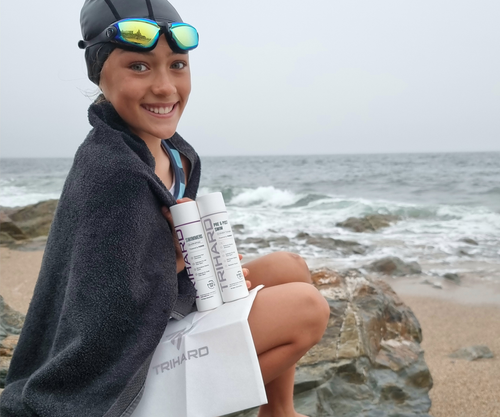
Lascia un commento